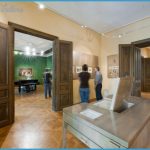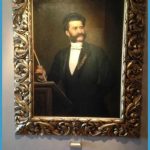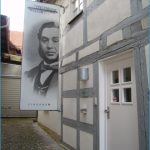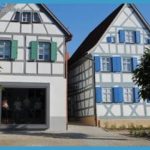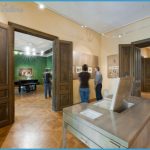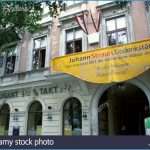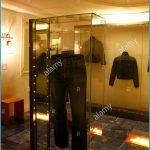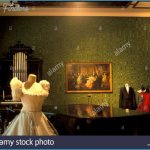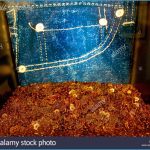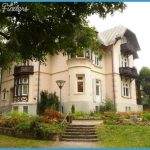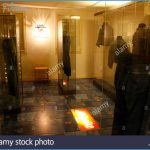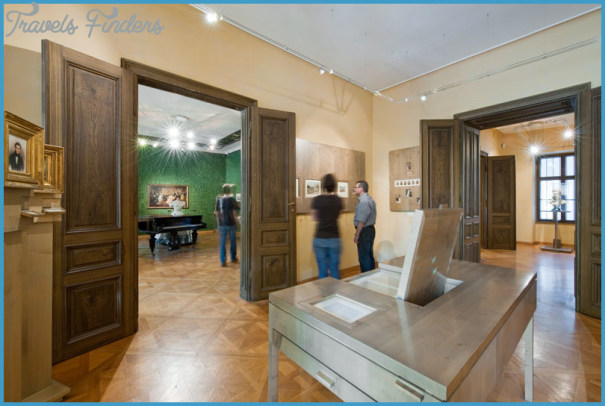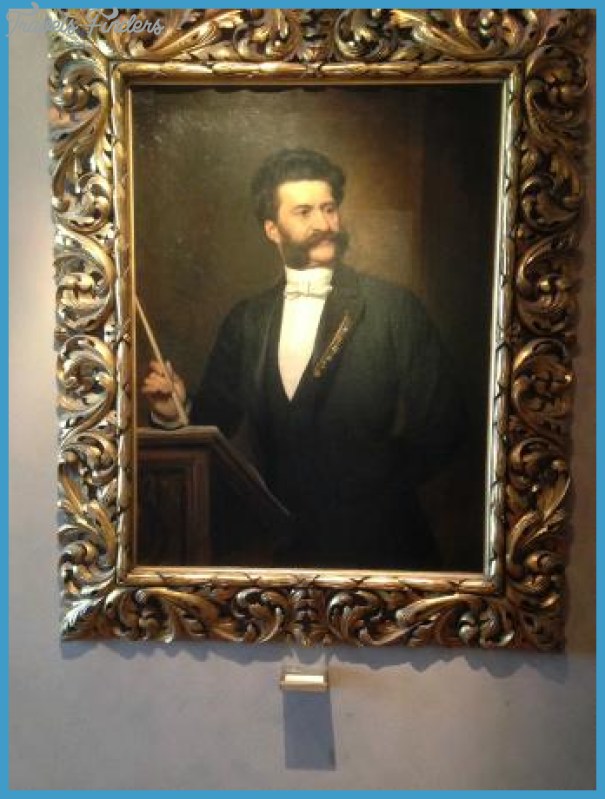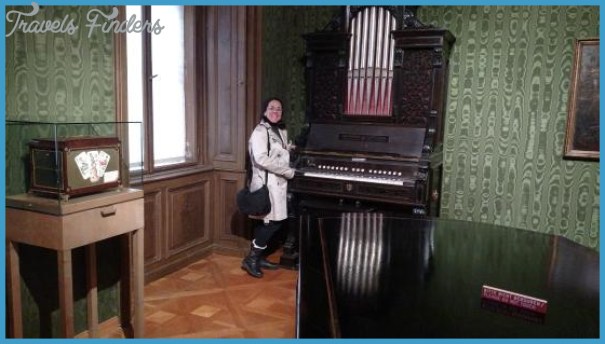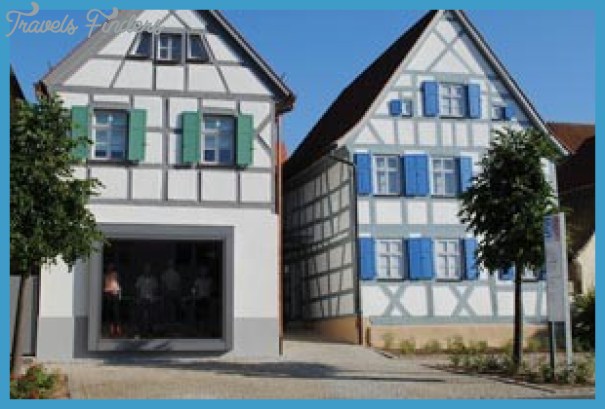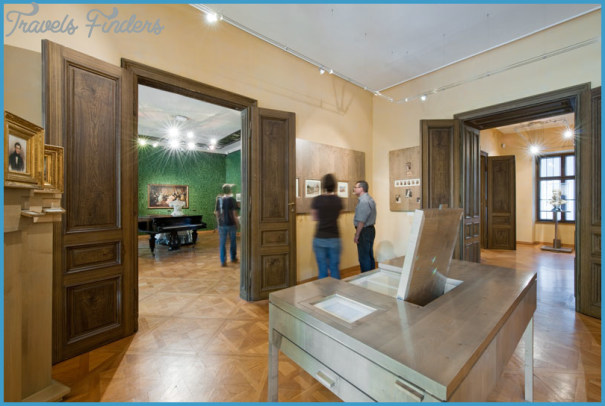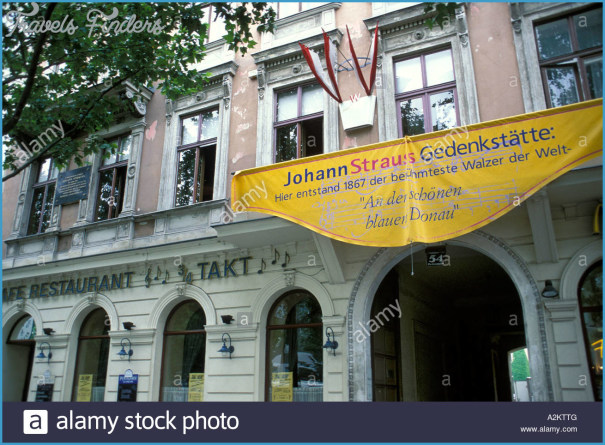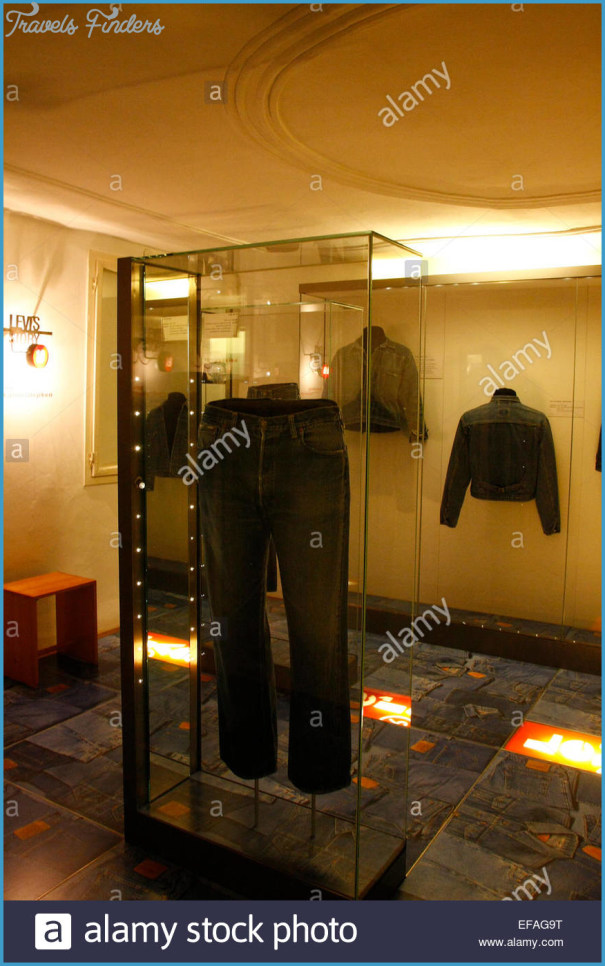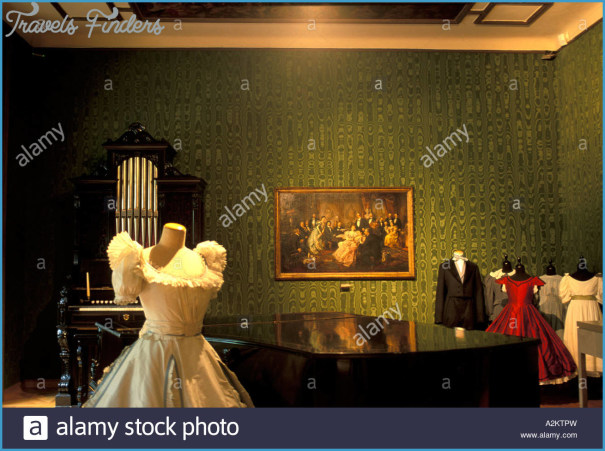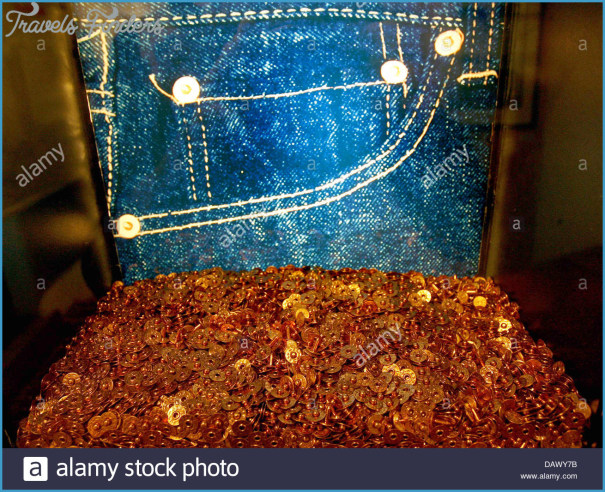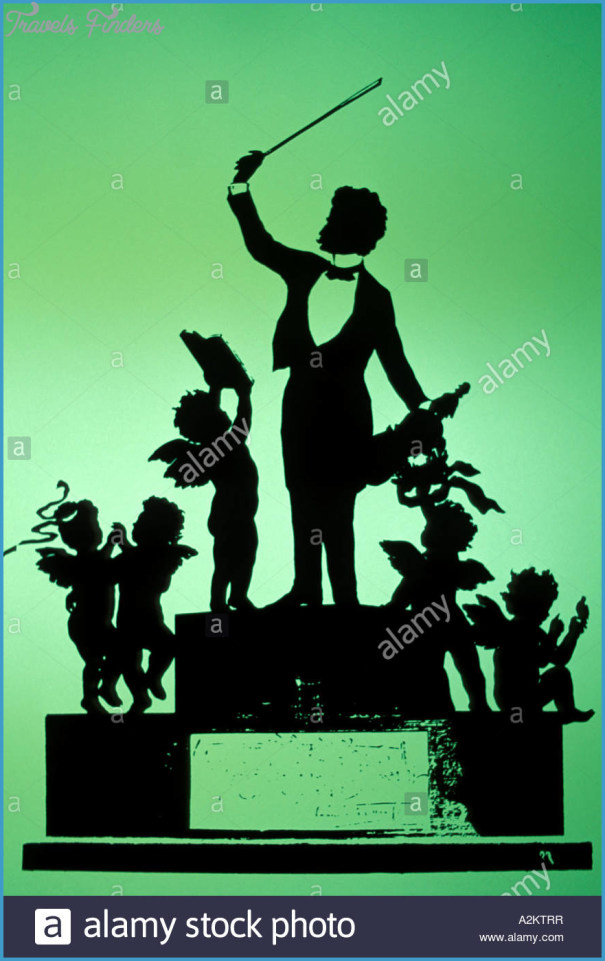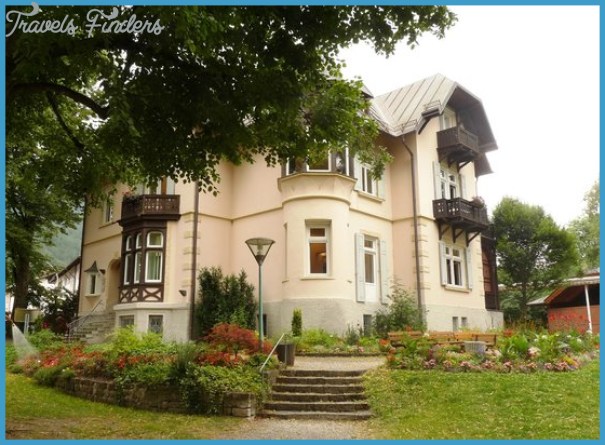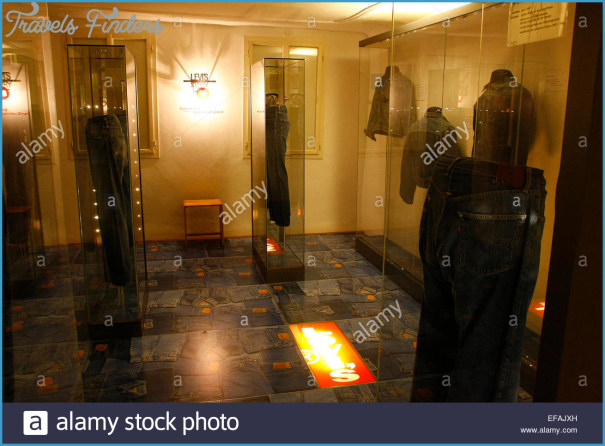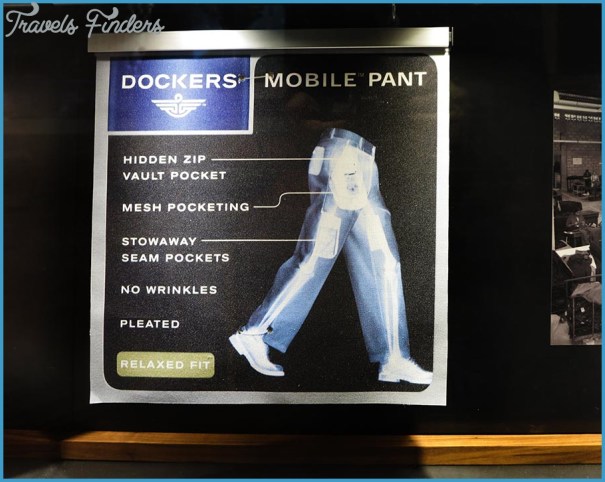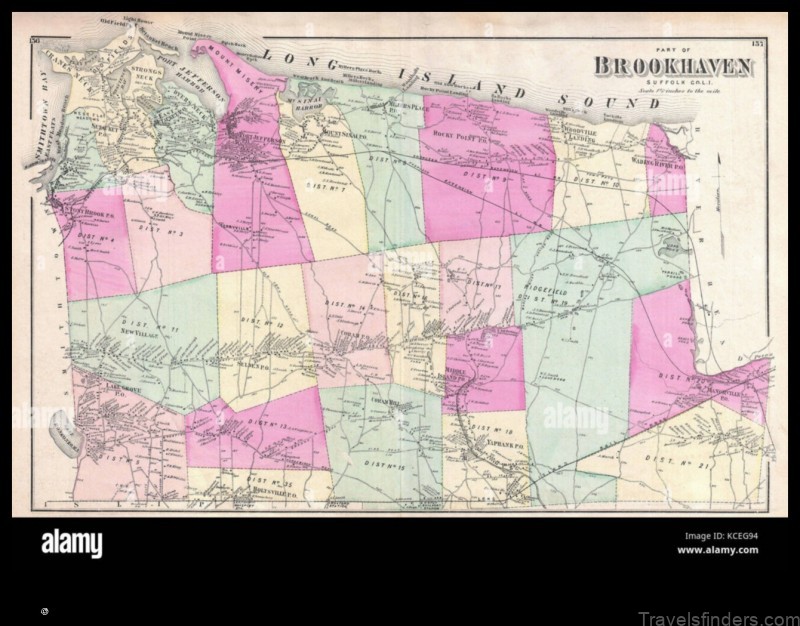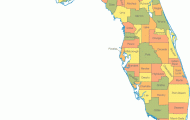STRAUSS MUSEUM
No city is more attentive to its past composers than Vienna, and among the municipal museums the one dedicated to that prototypical Viennese, Johann Strauss the younger (b 1825), is the most richly endowed with objects. All but one of the five rooms of Praterstrafie 54, which opened to the public in 1978, are given over to displays of decorative first editions, prints, photographs, portraits, busts and other evocative memorabilia which serve to chronicle Strauss’s greatest musical triumphs and to illuminate his often complex relationships with his famous father Johann (1804-49), his brothers Josef (1827-70) and Eduard (1835-1916), and his three wives. The final room, reconstituted in the spirit of a salon, displays an array of oil paintings, a bust, his
Bosendorfer piano, the harmonium that he preferred for nocturnal music-making, the standing desk at which he composed and other extraordinary presentation items such as the gilded violin cabinet and the carved music case in the form of an easel. A watercolour by Karl Zajicek of Praterstrafie 54 shows how well the building is standing the test of time.
Strauss and his first wife lived in the spacious first-floor flat, above a shop, from 1863 until 1870, when he was Court Ball Music Director in charge of the hectic Viennese Carnival (or Fasching’) season. At other times of the year he often toured with his orchestra in various parts of Europe and in Russia, leaving his younger brothers to undertake his orchestra’s regular engagements in Vienna. While living here he crowned his reputation as the Waltz King with An der schonen blauen Donau (‘The Blue Danube’), written for the Wiener Mannergesang-Vereins (Vienna Men’s Singing Society); its first performance, by the 150-strong chorus and an orchestra of 40 military musicians at the nearby Diana Bath Johann Strauss’s apartment in Praterstrafie (watercolour by Karl Zajicek) Ballroom (Obere DonaustraSe 93-5) on 15 February 1867, was cheered by a crowd of more than 1200, even though Strauss himself was not there.
STRAUSS MUSEUM Photo Gallery
A plaque adorns the house at MaxingstraSe 18 where Strauss composed his Wiener Blut waltz (1873) and Die Fledermaus (1874). World War II deprived us of the ultimate Strauss Palais’ in the Igelgasse (now Johann-Strauss-Gasse 4); his financial success during the two previous decades had enabled Strauss to commission in 1876 a fashionable two-storey house in the 4th district. He and his successive wives lived there during his last 21 years, receiving Brahms, Bruckner, Puccini and Anton Rubinstein among other musicians and presiding over his Strauss-Abenden, immortalized in an oil painting of 1894 by Franz von Bayros which today hangs in the PraterstraSe museum (for illustration see p.37). Its elegant reception rooms, the billiard salon (Strauss called it his coffee house’), the garden house where he adjourned to compose such works as Der Zigeunerbaron (1885) and the room in which he died on 3 June 1899 are at least preserved in photographs, as are scenes of his summer homes.
During the 1880s Strauss spent most of his summers at a parkland manor house in Schonau, near Leobersdorf in Lower Austria. After 1892 he acquired Villa Erdody in Bad Ischl (KaltenbachstraSe 36; demolished in 1970), to avail himself of the brine baths thought necessary for his rheumatic condition; in good weather he worked on operettas at his standing desk on the veranda. The Waltz King was buried in the Zentralfriedhof, beside Schubert and Brahms, and commemorated by a statue in the Wiener Stadtpark. His father too is not forgotten in Vienna: the house in which he was born (Kumpf-gasse 11, now Riemergasse 14) is marked by a plaque.

